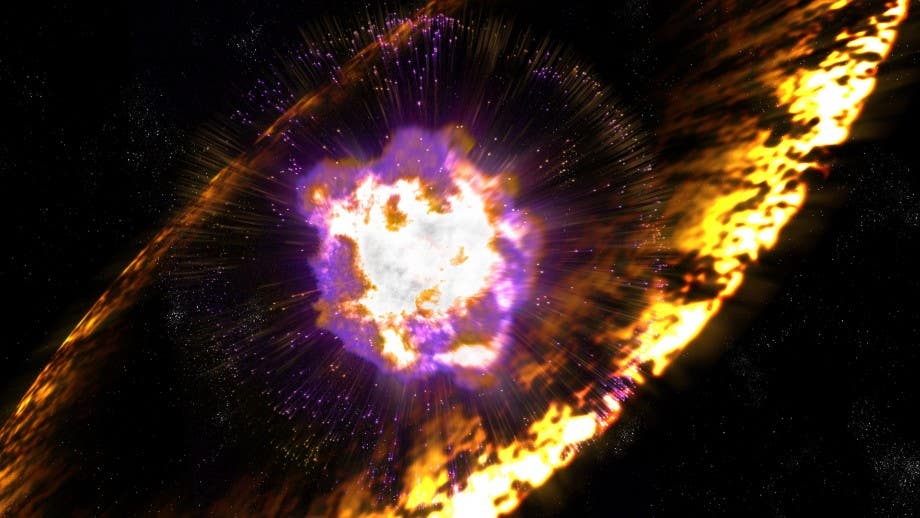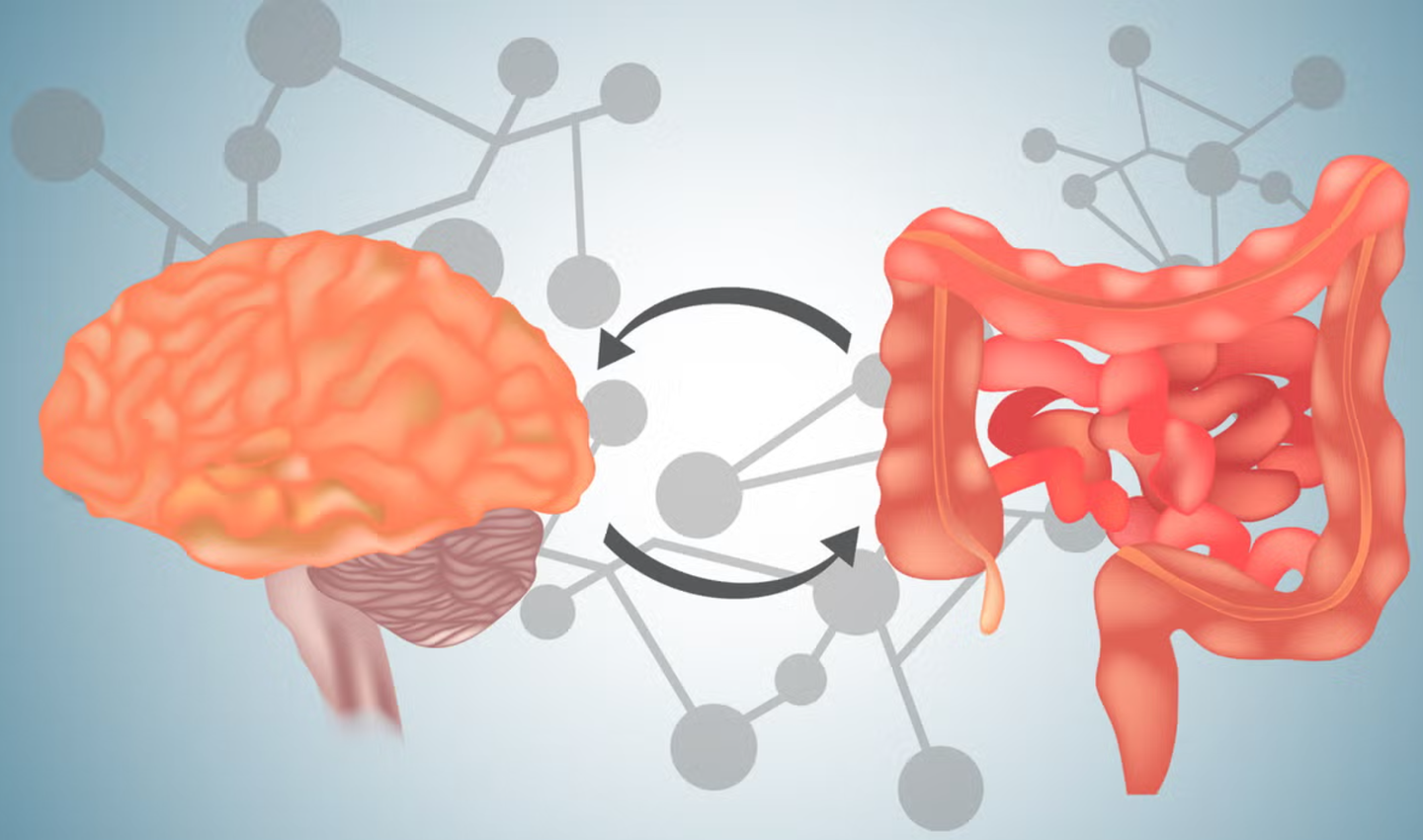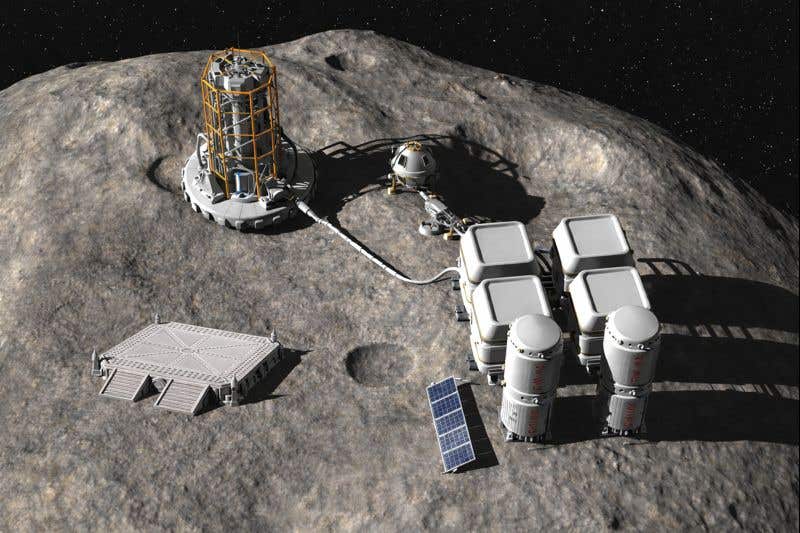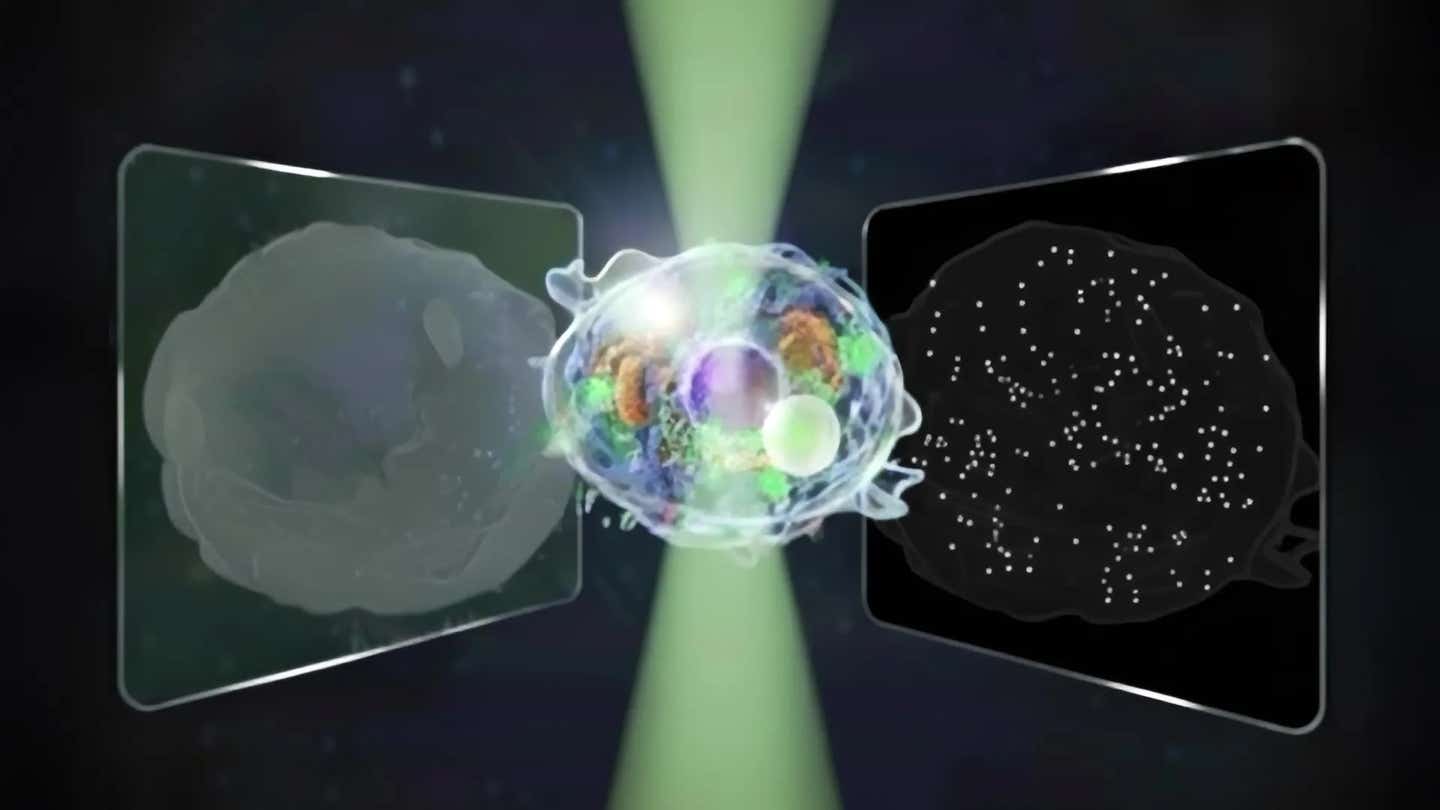For the first time ever, astronomers capture images of the beginning of a supernova
In a world-first, astronomers have captured the first moments of a supernova—the explosive death of stars—in detail never-before-seen.

[August 5, 2021: Australian National University]
In a world-first, astronomers at The Australian National University (ANU), working with NASA and an international team of researchers, have captured the first moments of a supernova—the explosive death of stars—in detail never-before-seen.
NASA's Kepler space telescope captured the data in 2017.
The ANU researchers recorded the initial burst of light that is seen as the first shockwave travels through the star before it explodes.
Ph.D. scholar Patrick Armstrong, who led the study, said researchers are particularly interested in how the brightness of the light changes over time prior to the explosion. This event, known as the "shock cooling curve," provides clues as to what type of star caused the explosion.
"This is the first time anyone has had such a detailed look at a complete shock cooling curve in any supernova," Mr Armstrong, from the ANU Research School of Astronomy and Astrophysics, said.
"Because the initial stage of a supernova happens so quickly, it is very hard for most telescopes to record this phenomenon.
"Until now, the data we had was incomplete and only included the dimming of the shock cooling curve and the subsequent explosion, but never the bright burst of light at the very start of the supernova.
"This major discovery will give us the data we need to identify other stars that became supernovae, even after they have exploded."
The ANU researchers tested the new data against a number of existing star models.
Based on their modeling, the astronomers determined the star that caused the supernova was most likely a yellow supergiant, which was more than 100 times bigger than our sun.
Astrophysicist and ANU researcher Dr. Brad Tucker said the international team was able to confirm that one particular model, known as SW 17, is the most accurate at predicting what types of stars caused different supernovae.
"We've proven one model works better than the rest at identifying different supernovae stars and there is no longer a need to test multiple other models, which has traditionally been the case," he said.
"Astronomers across the world will be able to use SW 17 and be confident it is the best model to identify stars that turn into supernovas."
Supernovae are among the brightest and most powerful events we can see in space and are important because they are believed to be responsible for the creation of most of the elements found in our universe.
By better understanding how these stars turn into supernovae, researchers are able to piece together information that provides clues as to where the elements that make up our universe originate.
Although the Kepler telescope was discontinued in 2017, new space telescopes such as NASA's Transiting Exoplanet Survey Satellite (TESS) will likely capture more supernovae explosions.
"As more space telescopes are launched, we will likely observe more of these shock cooling curves," Mr Armstrong said.
"This will provide us with further opportunities to improve our models and build our understanding of supernovae and where the elements that make up the world around us come from."
The pre-print is available now in the Monthly Notices of the Royal Astronomical Society.
Like these kind of feel good stories? Get the Brighter Side of News' newsletter.
Tags: #New_Discoveries, #Space, #Stars, #Supernova, #The_Brighter_Side_of_News



